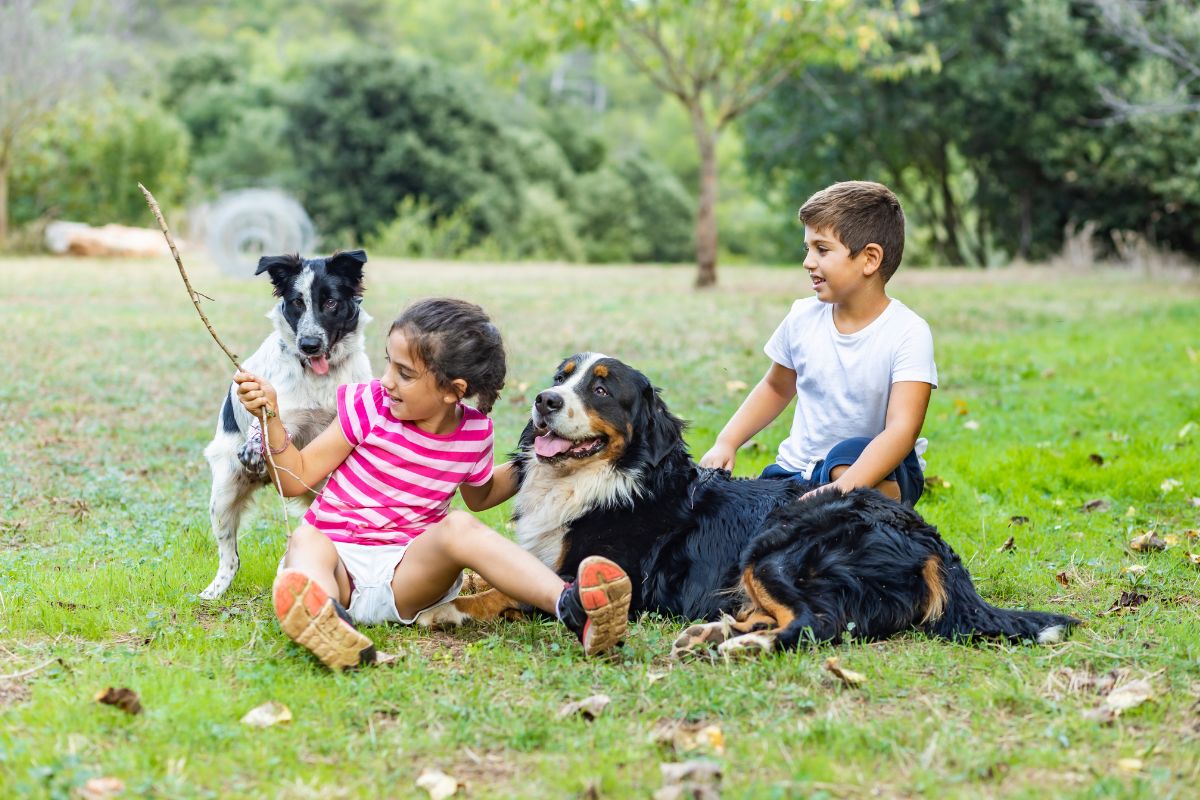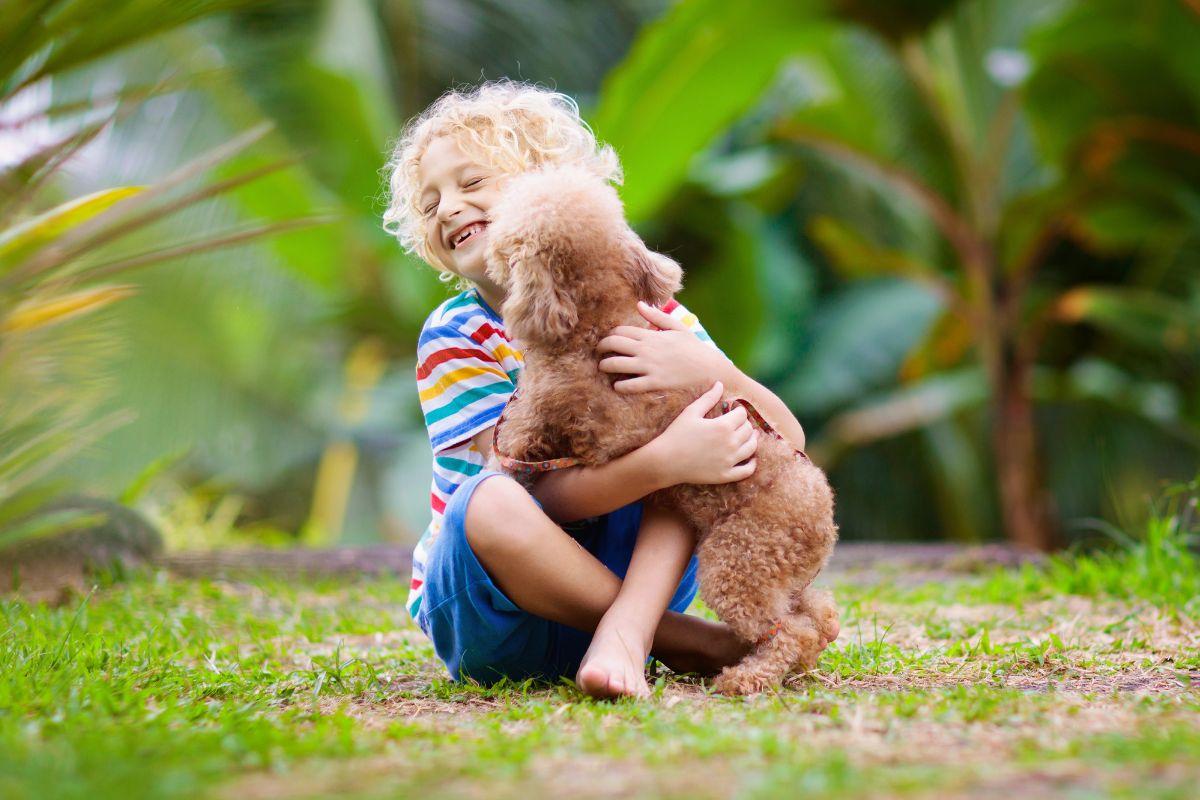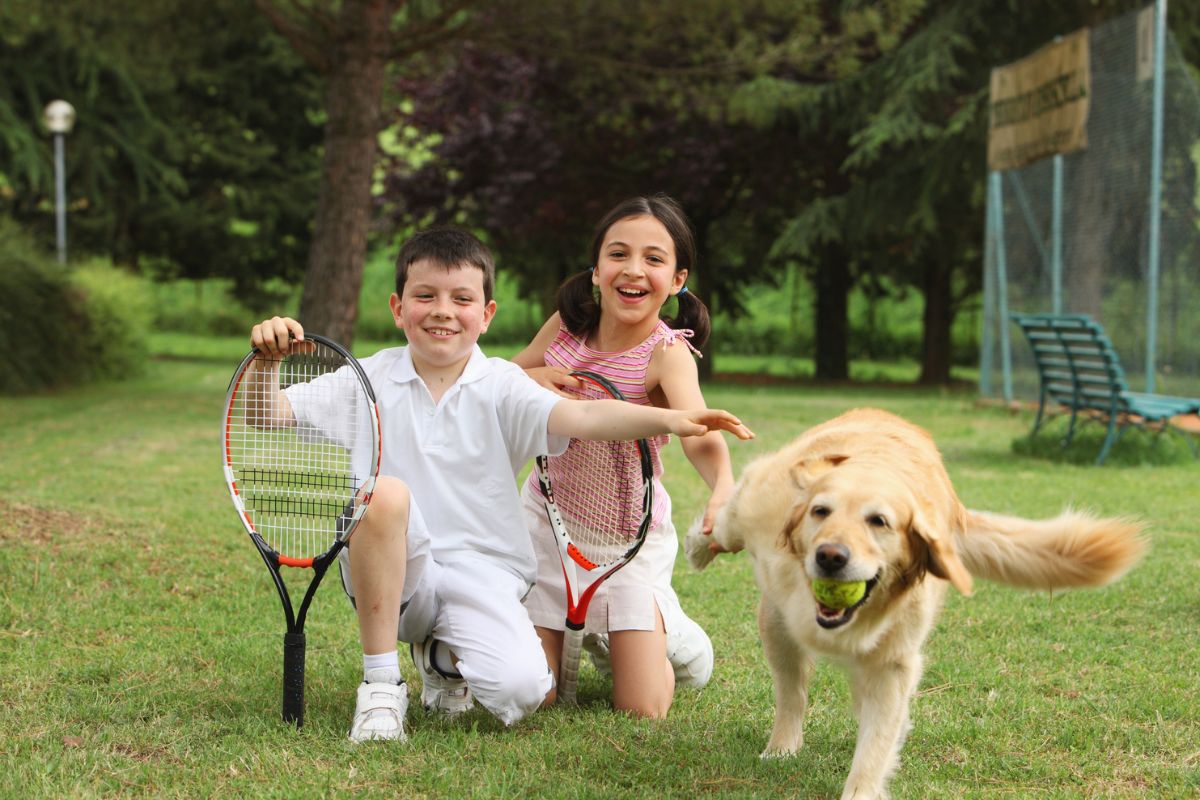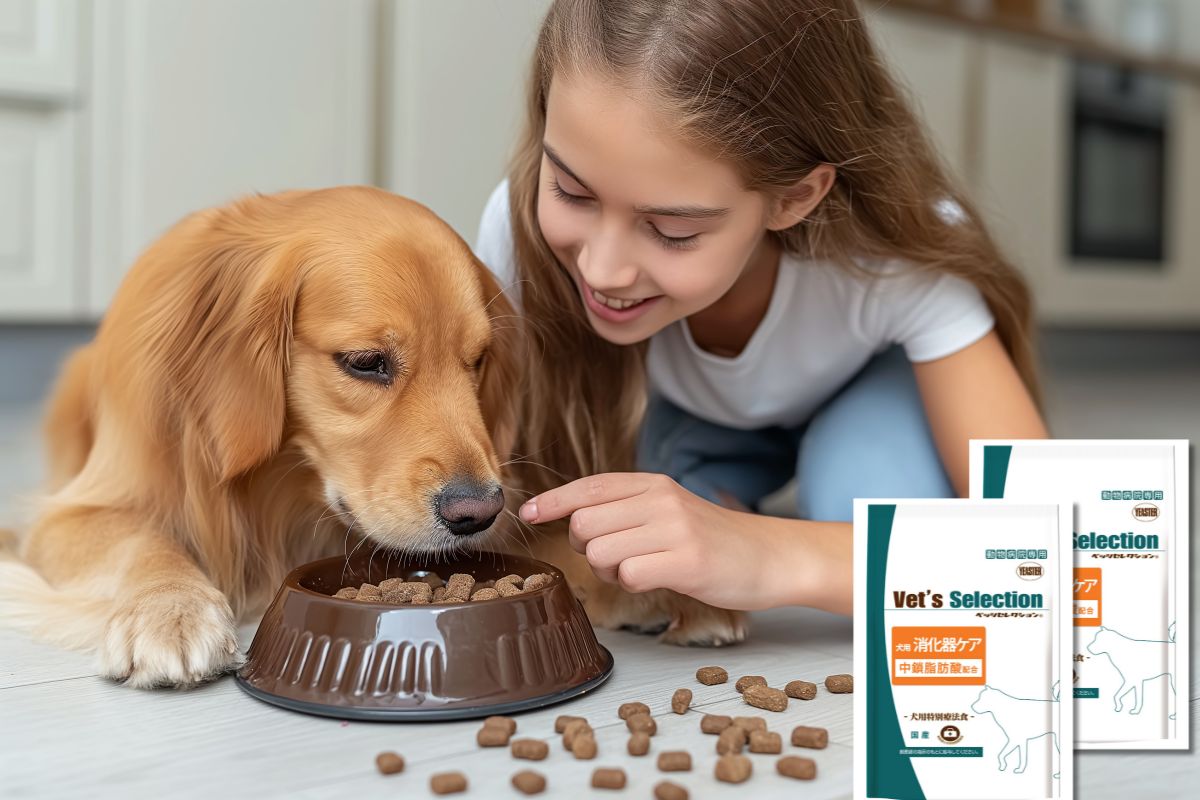Why it’s important to train dogs to play safely with children
Families with both dogs and young children often worry about safety when letting them play together. Dogs are intelligent and affectionate, but they also have instincts that can be triggered if startled or overstimulated. Children, on the other hand, are curious and energetic, and they may unintentionally pull a dog’s ears, grab its tail, or disturb it while it is resting. Without proper training, these situations can lead to scratches or even serious accidents.
Training dogs to play safely with children not only protects your child but also encourages your dog to develop positive behavior and build stronger bonds with the family.

Understanding your dog’s temperament and energy
Each breed has its own personality traits. Breeds like Golden Retrievers and Labradors are generally gentle and are often recommended for households with children. Meanwhile, high-energy or strong-willed breeds may require more structured training to manage their behavior.
It’s also important to recognize each dog’s individual character. Puppies often lack control and may accidentally hurt children during play. Adult dogs that don’t get enough exercise can become irritable or harder to manage. Knowing your dog’s specific needs will help you choose the right training methods.

A two-way principle: training both the child and the dog
Training must involve both the dog and the child.
- Children should learn to approach gently and avoid disturbing the dog when it’s eating or sleeping.
- Dogs should be taught basic commands such as “sit,” “drop it,” or “stay” so their behavior can be managed during play.
When both sides understand clear rules, interactions become safer and more enjoyable.
Steps to train dogs to play safely with children
Start with short play sessions
Initially, allow only brief, supervised interactions. As both the child and dog become more comfortable, gradually increase the playtime.
Choose suitable games
Encourage low-contact, cooperative activities, such as fetch, grooming, or gentle petting. Avoid highly stimulating games such as tug-of-war or snatching food.

Use positive reinforcement
Whenever the dog behaves gently and avoids jumping or growling, reward it with treats, praise, or petting. Positive reinforcement helps the dog remember and repeat good behaviors.
Build consistent routines
Establish a regular play schedule so the dog knows what to expect. Clear routines reduce stress and create predictability in behavior.
The role of health and nutrition in training
A dog’s behavior is strongly influenced by its overall health. A healthy dog with stable digestion and steady energy levels is more focused during training, less irritable, and generally in a better mood when playing with children.
You may consider Vet’s Selection Digestive Care for Dog, a complete diet produced in Japan and trusted by many pet owners. With balanced nutrition and digestive support, this food helps maintain a stable condition for your dog – an essential foundation for successful training and safe playtime with children.

Strengthening the bond between dogs and children
Beyond training, building emotional connections is equally important. Children can take part in simple care routines such as feeding, brushing, or walking the dog under adult supervision. When children show care, dogs gradually develop trust and begin to see them as part of their “pack.”
Training dogs to play safely with children requires patience, consistency, and adult supervision. By teaching dogs to control their behavior and guiding children to interact properly, families can create safe and enjoyable playtime for both.
Combined with good health, proper nutrition, and positive reinforcement, your dog can become a reliable companion—gentle, safe, and loving with every member of the family.


 Vietnamese
Vietnamese  日本語
日本語  English
English 



